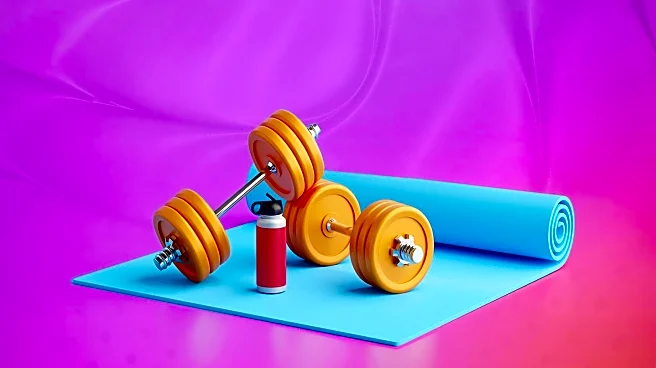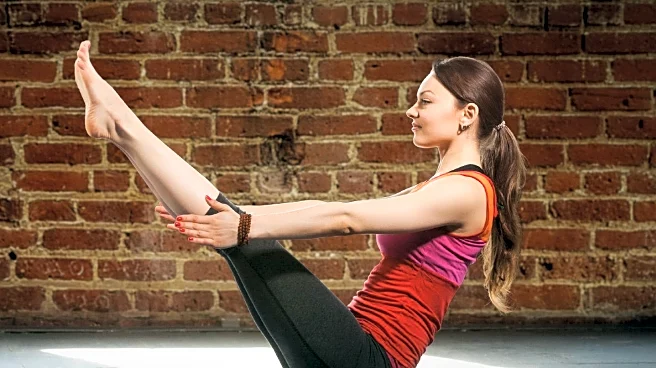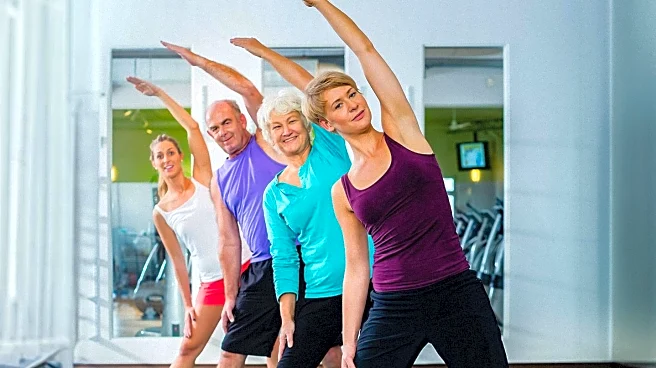Rapid Read • 8 min read
At Tone House, a sports-performance studio in New York City, individuals over 50 are defying age-related stereotypes by engaging in intense workouts typically associated with younger athletes. Mickey Crawford, a 61-year-old substance abuse counselor, and Afroditi Lishman, a 52-year-old New Yorker, are among those participating in rigorous training sessions that include activities like dragging weighted sleds and sprinting. This gym, founded by Alonzo Wilson, is known for its challenging conditioning workouts that combine elements of professional football training with a supportive community ethos. The participants, including Crawford and Lishman, are not only maintaining their physical health but also experiencing mental benefits, such as increased confidence and cognitive function, as supported by research from Teresa Liu-Ambrose, a physical therapy professor.
AD
This development challenges the pervasive cultural narrative that aging inevitably leads to physical decline. By showcasing the capabilities of older adults in high-intensity fitness environments, it highlights the potential for maintaining and even improving physical and mental health with age. This shift in perception can influence public health policies and encourage more inclusive fitness programs that cater to older demographics. The success of individuals like Crawford and Lishman in such demanding workouts also underscores the importance of community and social interaction in enhancing the benefits of exercise, potentially leading to broader societal changes in how aging and fitness are perceived.
As more older adults engage in high-intensity workouts, there may be increased demand for fitness programs tailored to this demographic, focusing on both physical and cognitive health benefits. Fitness centers might expand their offerings to include more age-diverse classes and training sessions. Additionally, there could be a rise in research exploring the long-term effects of such exercise regimens on aging populations, potentially influencing healthcare recommendations and fitness industry practices.
The participation of older adults in intense fitness routines also raises questions about ageism and the societal expectations placed on aging individuals. By breaking these stereotypes, there is potential for a cultural shift that values the contributions and capabilities of older adults, not just in fitness but across various sectors. This could lead to more inclusive policies and practices that recognize the diverse abilities of aging populations.
AD
More Stories You Might Enjoy










